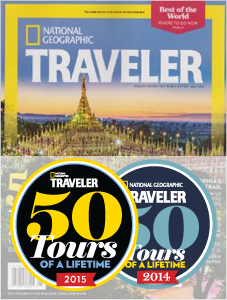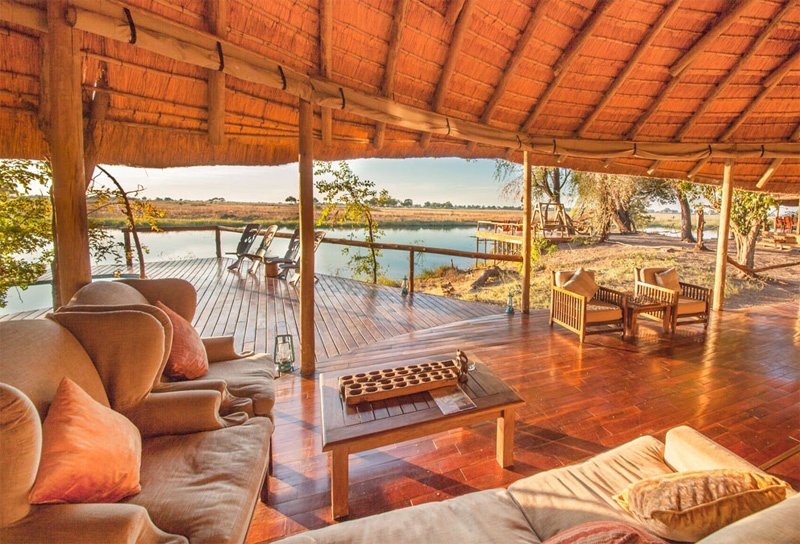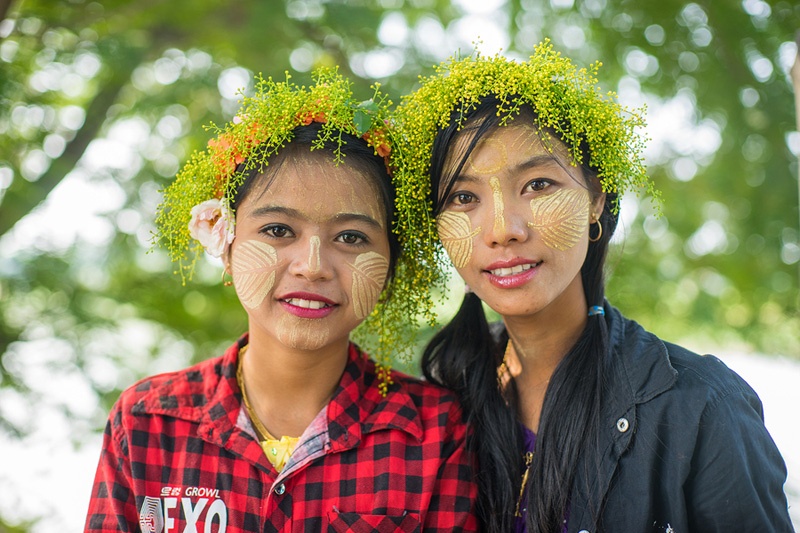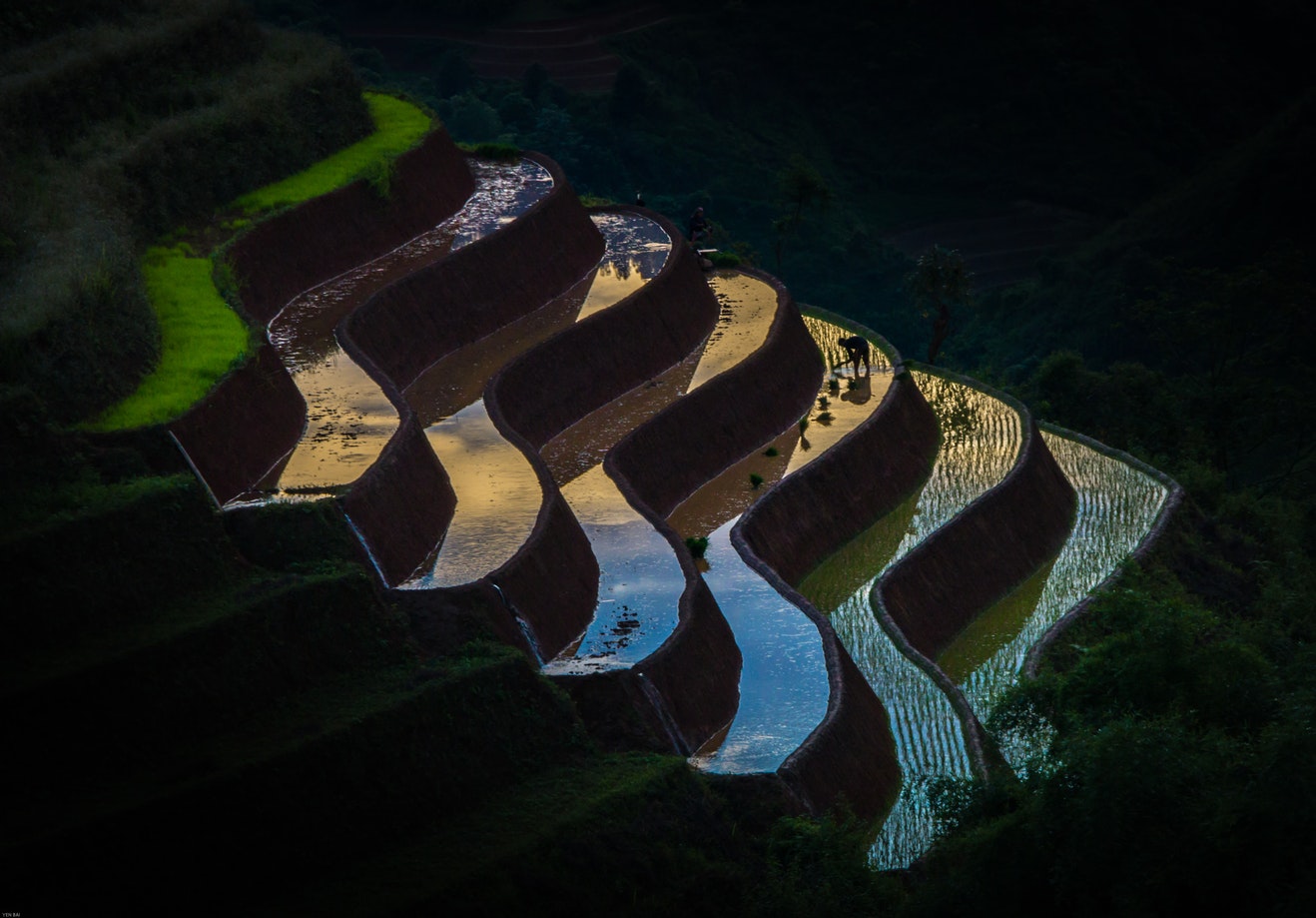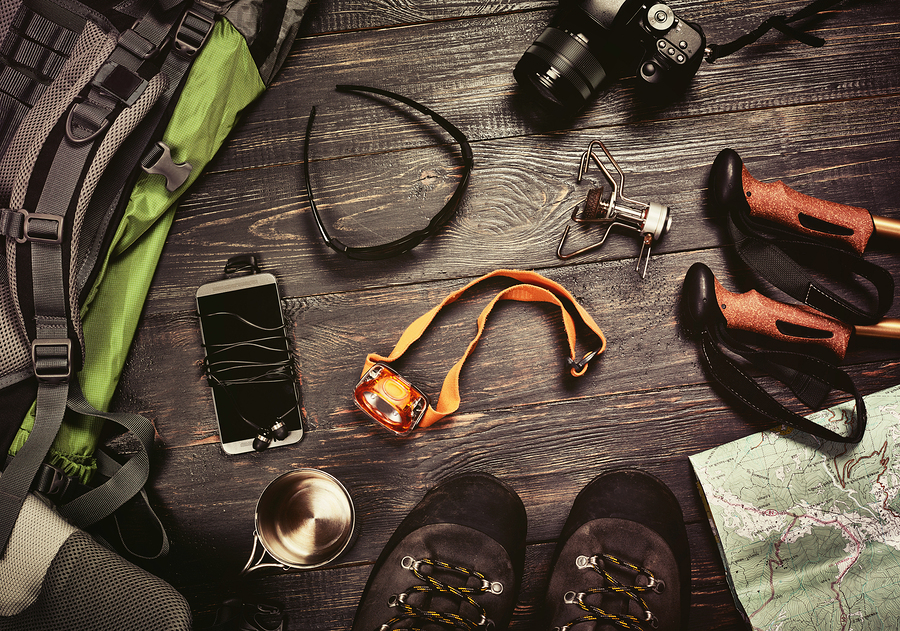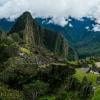The largest country in South America, Brazil is an amazing place to visit! Adventuring in Brazil can mean nights in tents and traditional hammocks while exploring bizarre and beautiful desert landscapes full of sparkling lagoons, luxury hotels in legendary cities like Rio de Janeiro and São Paulo, and thoughfully appointed ecolodges while out exploring the country’s endless natural areas.
Global Basecamps
Recent Posts
Of all the travel experiences the world has to offer, the African safari remains a top choice and lifelong dream for many travelers. The continent of Africa hosts innumerable cultures and a kaleidoscope of wildlife biodiversity, and a safari is the perfect way to experience this dazzling part of the world.
Myanmar continues to represent a Southeast Asian country less encroached upon by tourism development, and having relatively intact cultural heritage. As Myanmar travel and tours expand, however, so too does travelers’ responsibility to approach cross-cultural interchange in a mindful way. Familiarizing oneself with cultural norms and observing them when visiting is not only critical for ensuring the best trip possible, but fundamental to showing respect for this country and its people and for supporting the best future for both.
A rising star among the Orient’s travel destinations, Vietnam is not to be overlooked when seeking authentic experiences in Southeast Asia. Its cities shine bright, foundations of gleaming skyscrapers adjoining those of markets, museums and Buddhist pagodas. The rural villages, with their rice paddies set upon perfectly sculpted hillside terraces, overlook verdant cultivated lowlands and their slowly winding rivers. Limestone karst pillars are scattered through these plains just as they are through the bays of the sinuous coastline, making for surreal landscapes ideal for exploring.
Want to be ready for anything when you’re traveling, no matter what kind of trip you’re on? The best thing you can bring with you is a good head on your shoulders, full of all your previous experience and a mind full of confidence and excitement of all you’ll be seeing and doing … but the next best? The right travel gear.

